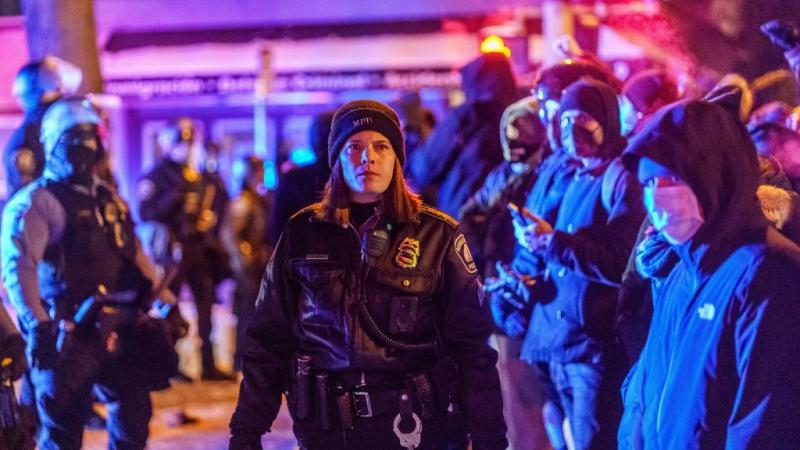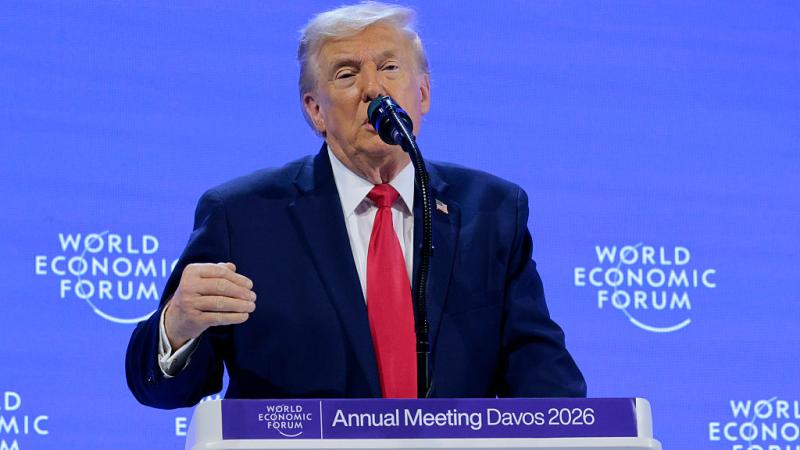Election tilts toward Trump as suspicions grow that some polls may be masking true size of his lead
Some pollsters have pointed to an apparent disconnect between state and national level surveys.
A string of polls from legacy outfits has pointed to a shift toward former President Donald Trump in most of the major battleground states while Vice President Harris maintains a national lead, but some analysts see a critical disconnect between state and national polling that could suggest the Republican is on even stronger footing.
Harris currently leads Trump by 2.0% in the RealClearPolitics polling average, with 49.1% support to his 47.1%. That figure includes a Rasmussen Reports survey showing Trump with a two-point lead, a Reuters/Ipsos survey showing Harris up two, a Morning Consult poll with Harris up five, a Yahoo News poll with the race tied, and a number of other surveys. A New York Times/Siena College survey showed Harris up three points.
But pollsters have pointed to an apparent disconnect between state and national level polls, with state-level surveys increasingly shifting toward Trump while Harris seemingly holds steady at the national level. They have further observed two consistent patterns of national polling that appear to vary widely due to methodology.
Where things stand
Dominating headlines this week was a bombshell Quinnipiac University survey, which is typically favorable to Democrats, that showed Trump leading by 2% in Wisconsin and 3% in Michigan.
"The Harris post-debate starburst dims to a glow as Harris enters the last weeks slipping slightly in the Rust Belt," Quinnipiac University Polling Analyst Tim Malloy wrote.
Far from an outlier, other surveys have followed those results, showing Trump either tied or leading Harris in those battlegrounds. A survey from The Hill/Emerson College, for instance showed the Michigan race tied at 49% each. That survey found the same result in Wisconsin.
Polling averages currently show Trump poised to take Pennsylvania, Michigan, North Carolina, Georgia, Florida and Arizona. Harris, for her part, holds narrow leads in Minnesota and Nevada. Should such results hold, Trump would handily carry the Electoral College, barring major upsets. The campaign released its own internal polling in a Thursday memo, showing Trump winning all seven of the key battleground states it tracked.
Betting markets have also shifted decidedly in favor of Trump. Polymarket currently assigns him a 55.3% chance of winning, compared to 44.3% for Harris. The vice president was the race’s favorite just days ago.
“People want America to be strong, and there really is no comparison between what Donald Trump showed us in his four years and what Kamala Harris has shown us [in] her four years as Vice President, and, you know, her tenure in the Senate,” Republican National Committee Chairman Michael Whatley said on the “John Solomon Reports” podcast. “And so I think as people are looking at the world through that prism, it's not surprising that we're starting to see the polls kind of shifting our way.”
“Two universes”
Compared to his prior elections, Trump is in a far more favorable position at this stage in the race. Against former Secretary of State Hillary Clinton in 2016, he trailed by 5.8% on Oct. 10. Against President Joe Biden in 2020, he trailed by 10.0%. But that aggregate includes a handful of polls showing either a tied race or moderate Trump lead and a slew showing Harris with a 3-5% edge.
“There have been two universes. 1) A close race with a marginal Trump edge. 2) Ridiculous leads for Harris larger than Obama that are never going to happen,” posted Big Data Poll Director Rich Baris in response to an Emerson College poll showing Trump ahead in Pennsylvania.
NYT/Siena pollster Nate Cohn this week outlined a key methodological divide leading to some of the apparent polling conflicts, that of “weighting on recalled vote.” In that method, polls ask respondents for whom they voted in 2020 and weight those results to ensure a sample that matches the outcome of the prior election.
Polls that use such a weighting method, he asserted, tend to more closely resemble 2020 election results, while those that don’t seem to mirror the 2022 midterms. The NYT/Siena College poll does not “weight by recalled vote.”
“Polling Paradox”
While the issue of “weighting by recalled vote” might explain a chasm between different national polls, it would not explain the apparent disconnects between state and national data from the same outlets.
Harvard CAPS/Harris poll director Mark Penn, for instance, highlighted what he called a “polling paradox,” noting that “[t]he Times/Siena poll shows Harris up 3 nationally (within their margin of error) but losing to Trump by 14 in Florida.”
“Newsflash — they can’t both be right. It would be paradoxical for Harris to be up with seniors nationally and down with Floridians,” he added. “Florida has high concentrations of seniors and Latinos and if Trump is winning those groups he is sweeping Pa.,Nv and Az. The state polls and national polls have to be in sync and I can’t say which is right but one or both are off base.”
The popular vote
Baris also pointed to an apparent split, with polls showing Harris poised to win the popular vote despite faring significantly worse in deep-blue states such as California and New York.
Baris, like Penn, pointed to the NYT/Siena poll, but notably pointed to a drop in Harris’s support in Democratic bastions. He further accused the Times of “giving their readers bipolar results for copium.”
“More polls today showing Harris down in keys states but also running way behind Clinton and Biden in another blue state. To the point I made yesterday, it's simply not possible for her to win the PV if she is running this poorly in NY, MD, NJ, CA, etc. Not possible math,” he wrote.
“I'm watching this being covered as a good thing for Harris. It's an absolute catastrophe for her,” Baris wrote, in response to Mason-Dixon/Telemundo data showing Harris leading Trump among California Hispanics 55% to 35%. Biden, by contrast, won that bloc 75% to 23%. Those figures mark a 32% swing in one of the state’s largest voting blocs toward Trump.
Every group moving towards Trump
The seeming momentum for Trump in battlegrounds and with Democratic constituencies comes as other data shows Trump gaining significant ground with Jewish voters, Latino voters, and black voters.
An NBC News/Telemundo survey released last month, for instance, showed Harris with 54% support among Hispanic voters, compared to 40% who backed Trump. That figure marked an 8% increase from Trump’s 2020 performance.
Among Jewish voters, moreover, Trump earned 50% support among New York Jewish voters while 49% backed Harris in an August Siena Research Institute survey. Biden had led Trump with that group before leaving the race.












